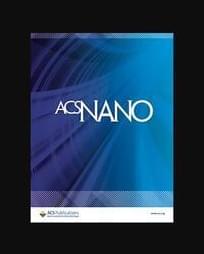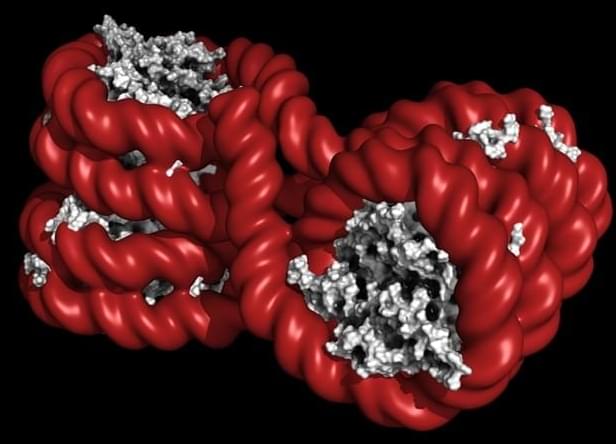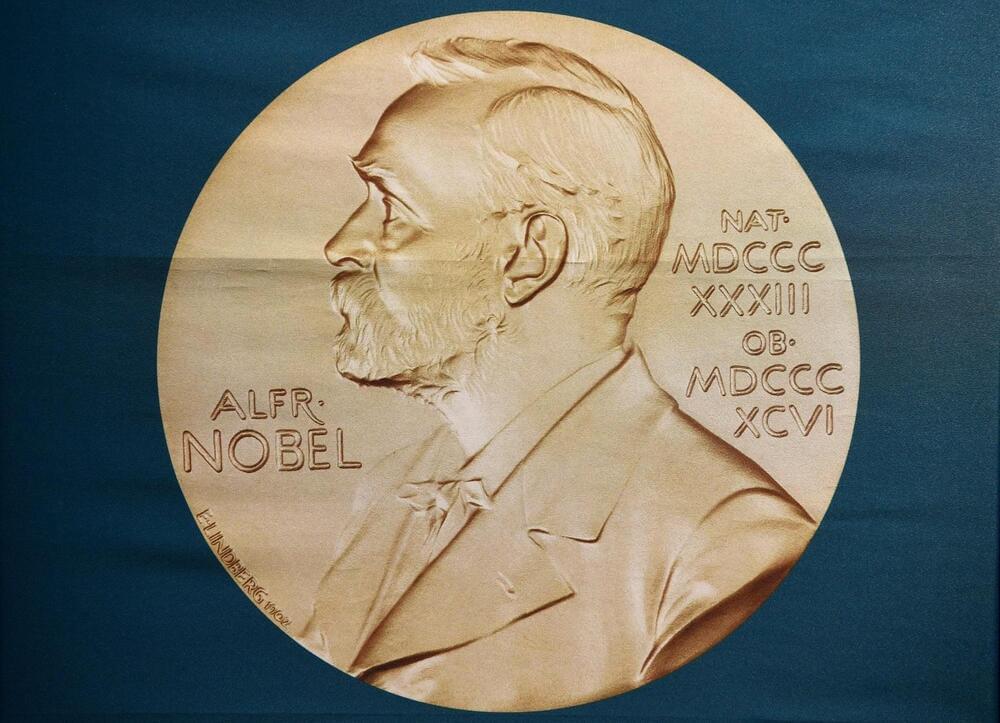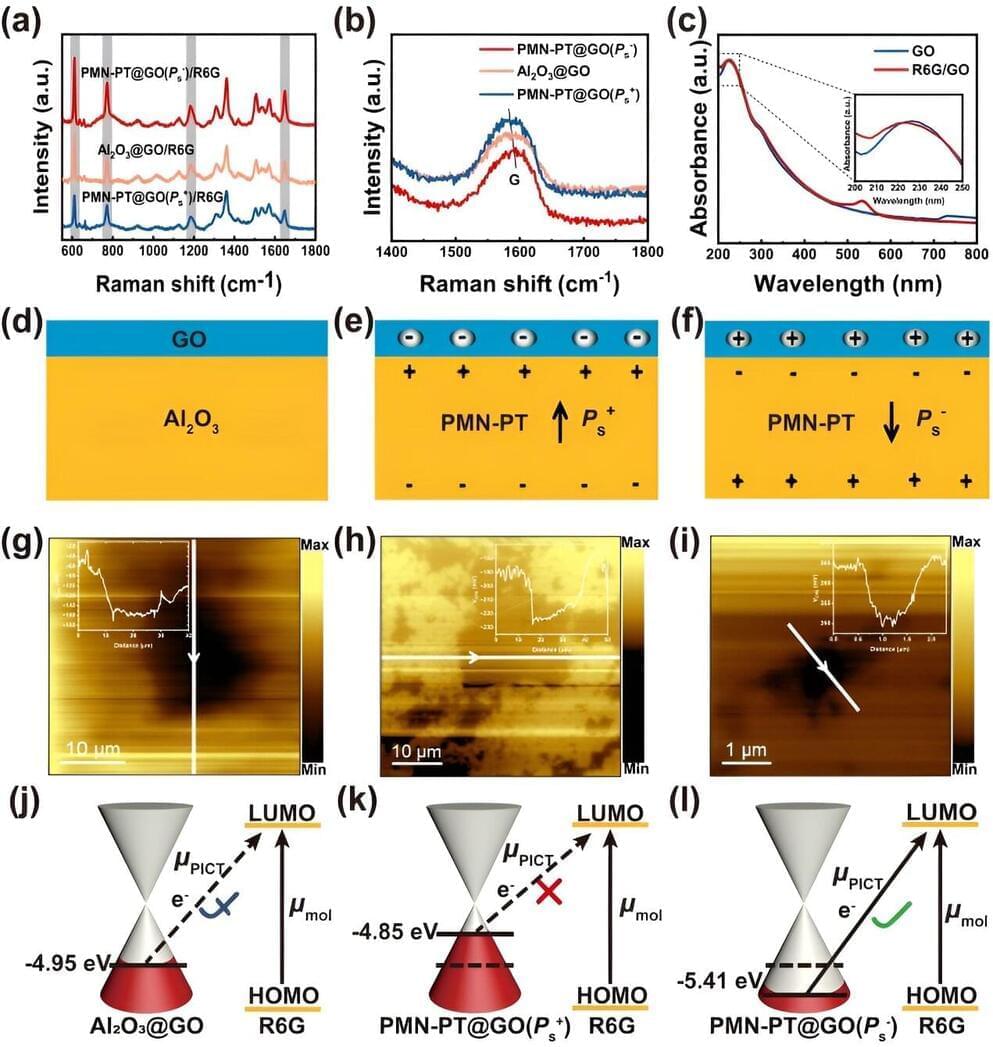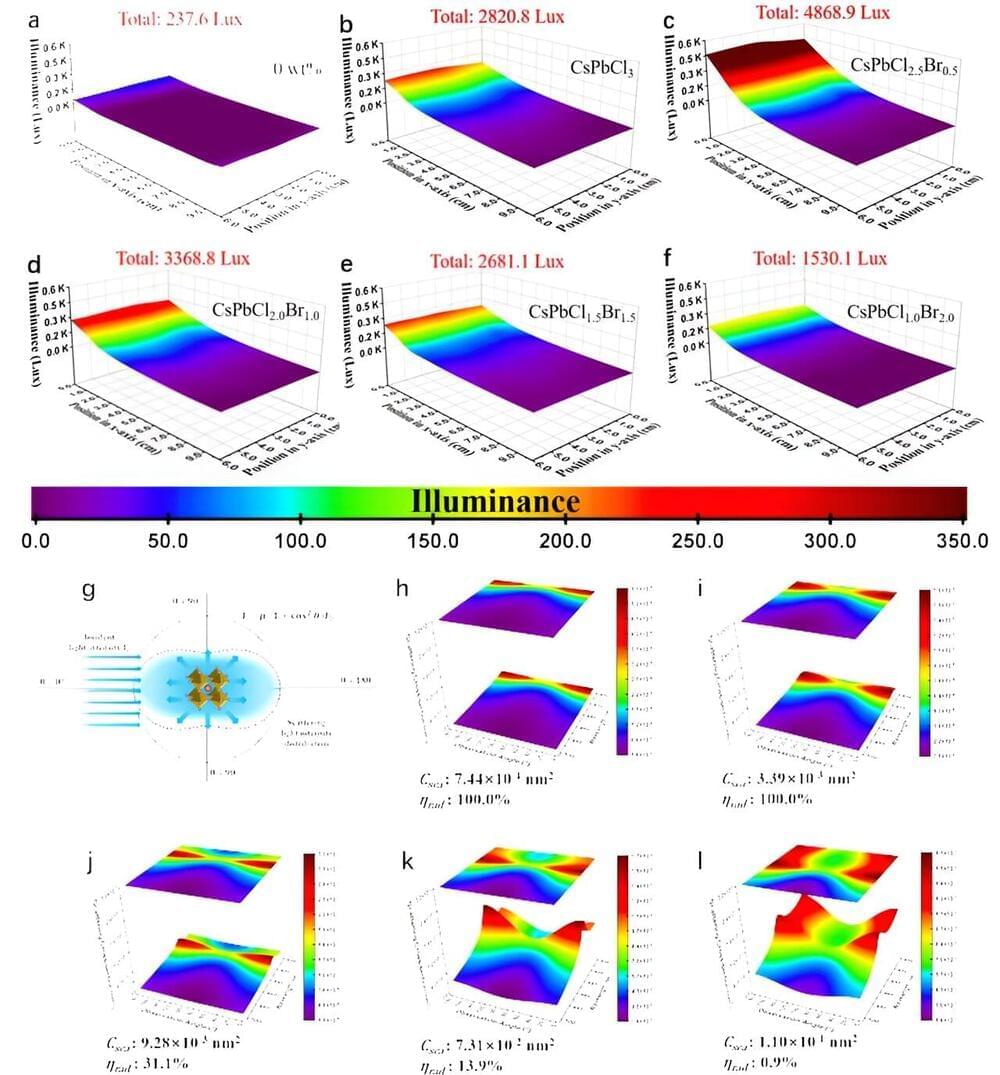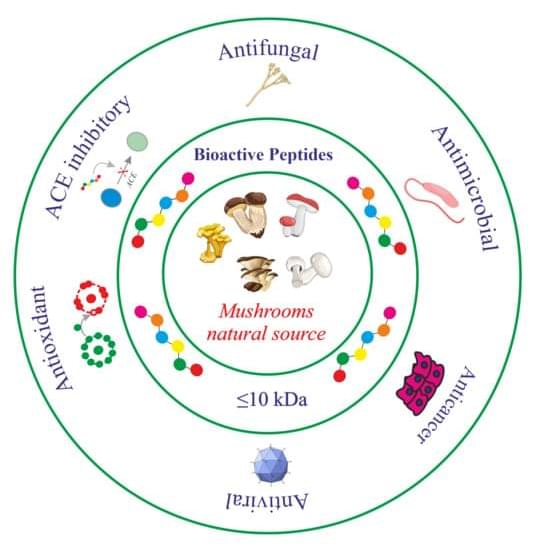Awkward name aside, the Lexus LF-ZC Concept that debuted at the Japan Mobility Show last week is a very big deal. When it goes into production in 2026, it will be the first electric vehicle on an all-new, ground-up Toyota platform; will do some very next-level things with the company’s steer-by-wire technology; and an alleged 620 miles of electric range.
It is not, however, going to do that with some huge battery pack that weighs as much as an apartment building. Instead, it’s going to rely mostly on chemistry to deliver on those big range claims.
As part of the auto show festivities, Toyota invited several international media outlets, including InsideEVs, to Japan last week. There, the world’s largest automaker previewed a number of emerging technology concepts, including a simulated “manual transmission” for electric cars, an advanced in-car AI assistant and its EV battery plans for the next few years.


